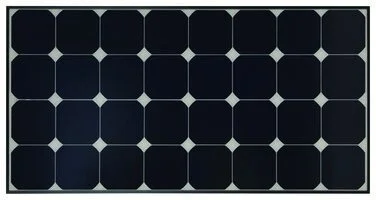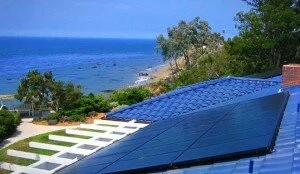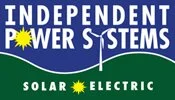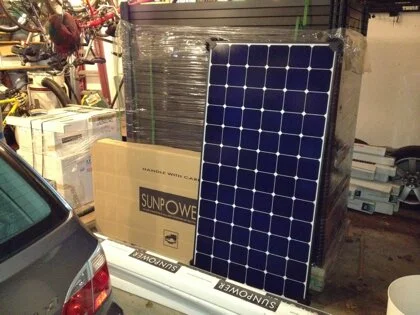Update: Well, it is official. My internal combustion engine car, a trusty companion for the last 14 years, has been sold, and I have a confirmed Vehicle Production Order for a BMW i3. It is supposed to be built on March 12th and arrive with the first US-bound shipment of customer i3s on May 5th (they have been on sale in Europe since November.) My conversion to solar-powered driving should coincide with the arrival of the spring sunshine. Looking forward to it. Below is the story behind the story. And for some really geeky videos on how this unusual carbon fiber car is actually produced, see this playlist.
[Original Post:] Regular readers know it had been a life-long dream of mine to live in a solar house and also a life-long dream to drive a solar-powered car. I got the roof done. Cars with enough solar panels on their roofs to power themselves will almost certainly never be be practical in my lifetime, nor probably that of my kids. But stationary residential solar arrays already generate more than enough power for transportation use. As I outlined in my post 365 Sunrises, my residential solar array makes about 1,350 kWh in excess of what we need to power our house for a year. Could that be enough to power all my personal transportation needs?
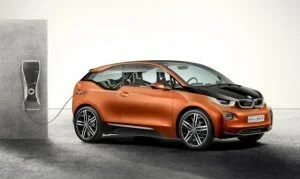
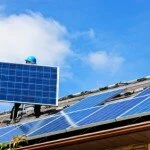 I’m torn about this distributed solar electricity sales craze. The New York Times recently ran an article about how Wall Street is going nuts over Elon Musk’s solar company SolarCity. Companies like SolarCity turn the normal residential solar market on their head. Instead of selling you a solar installation and equipment, they borrow your roof, put their own install on it and sell you the electricity it generates. Other companies using this model include SunPower, SunEdison, Sunrun, Vivint, and Sungevity. Residential solar is growing. Why my unease?
I’m torn about this distributed solar electricity sales craze. The New York Times recently ran an article about how Wall Street is going nuts over Elon Musk’s solar company SolarCity. Companies like SolarCity turn the normal residential solar market on their head. Instead of selling you a solar installation and equipment, they borrow your roof, put their own install on it and sell you the electricity it generates. Other companies using this model include SunPower, SunEdison, Sunrun, Vivint, and Sungevity. Residential solar is growing. Why my unease?